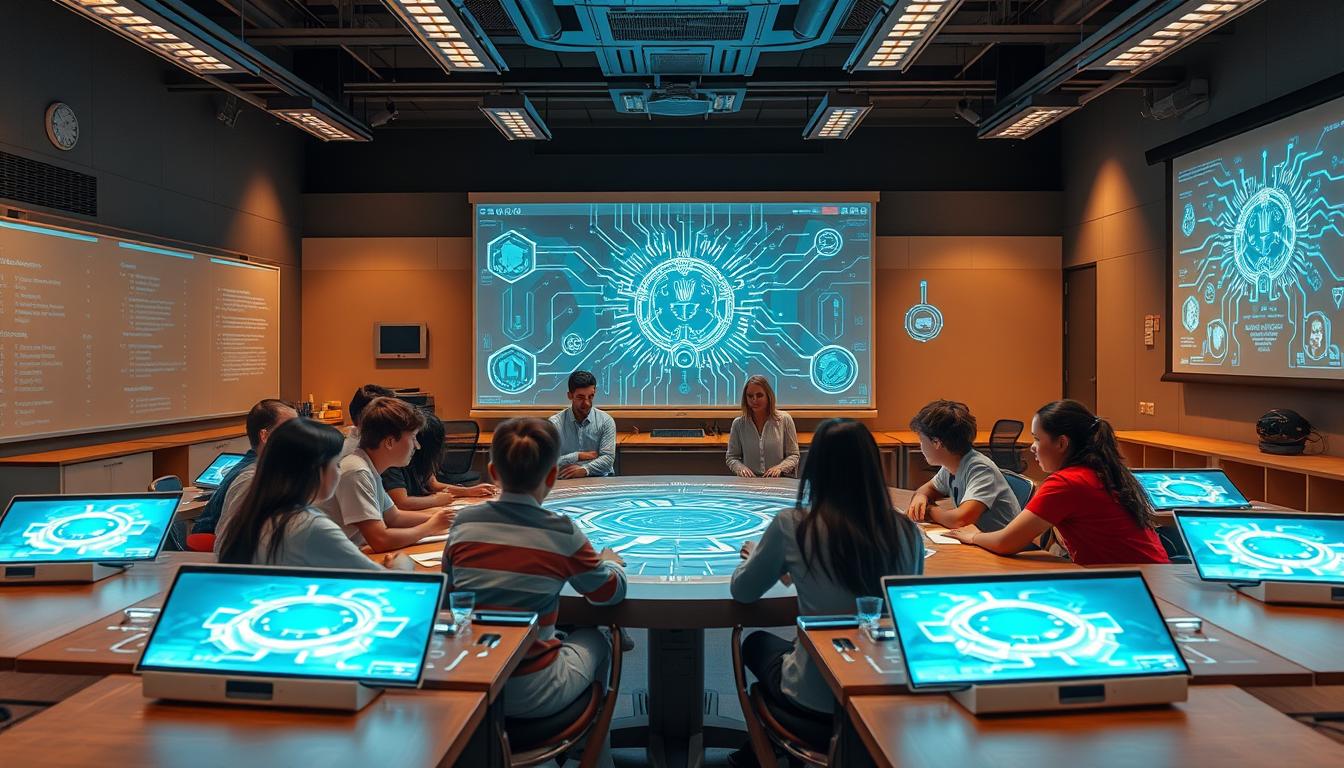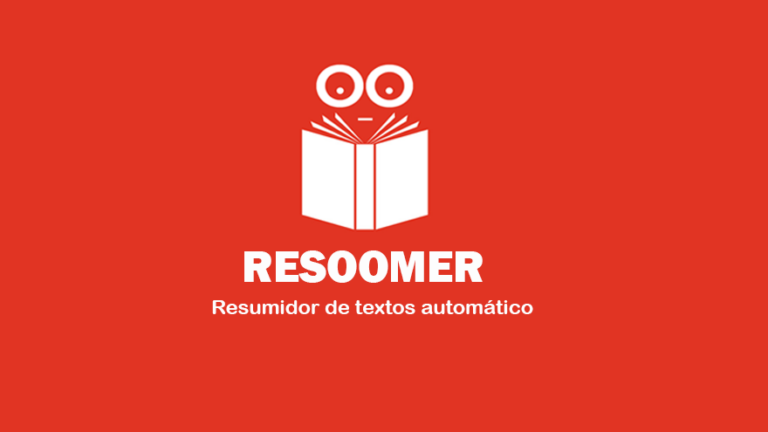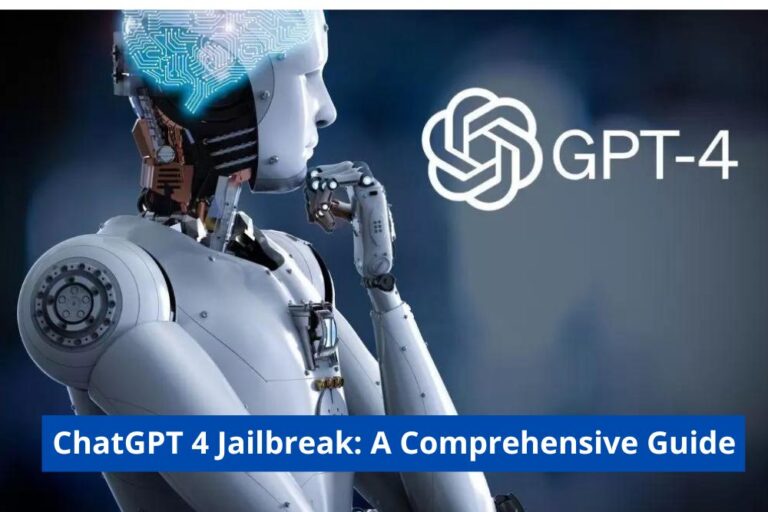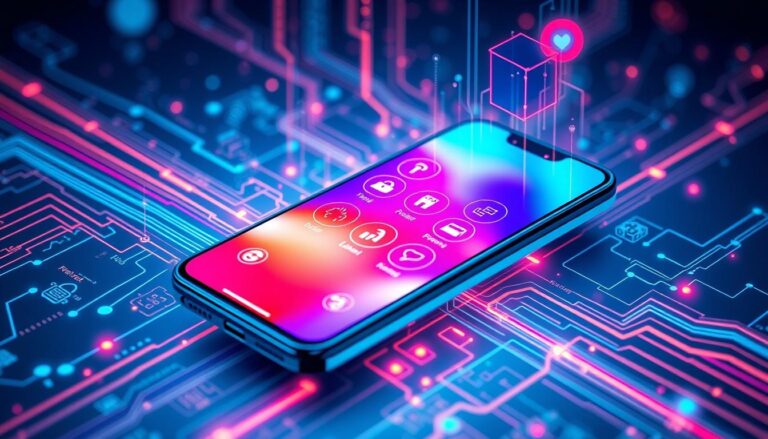Can chatgpt be detected by teachers ?
ChatGPT, a cutting-edge AI language model, has quickly become a concern for teachers around the world. It can change how students write for school, but it also makes teachers wonder if they can spot AI-written work.
As ChatGPT gets better, teachers are finding it harder to keep student work honest. The AI can write like a human, making it seem like the work is original. This has teachers looking for ways to spot and deal with AI-generated assignments.
Key Takeaways
- The rise of ChatGPT has caused growing concern among educators about academic integrity.
- Teachers are searching for effective methods to detect AI-generated content in student assignments.
- Understanding how ChatGPT works and its impact on education is crucial for developing effective detection strategies.
- Educators must stay informed about the latest advancements in AI detection tools and techniques to keep pace with the rapidly evolving technology.
- Promoting ethical use of ChatGPT and other AI tools is essential for maintaining the credibility of academic institutions.
Understanding ChatGPT and Its Impact on Education
Artificial intelligence (AI) has grown fast, leading to ChatGPT. This AI tool, made by OpenAI, can write like a human. It’s making teachers worry about cheating in school.
How ChatGPT Works in Academic Settings
Students can ask ChatGPT for help with homework, and it writes back. But, this raises questions about cheating. Students might use it to do their homework without learning the material.
The Growing Concern Among Educators
Teachers are worried about ChatGPT functionality in schools. They think it could hurt students’ ability to think and write well. Teachers’ concerns about AI in education are real. They want to keep learning honest and meaningful.
“ChatGPT poses a significant challenge to the traditional assessment methods used in education. Educators must adapt and find new ways to evaluate student learning that go beyond simply asking students to produce written work.”
As ChatGPT functionality gets better, teachers need to find ways to stop cheating. They also want to use it to make learning better.
Current Methods Teachers Use to Detect AI-Generated Content
Teachers are now using many ways to find out if students used AI to write their work. This is important to keep learning honest and to make sure students really understand what they’re writing about.
Teachers look closely at how students write, what they say, and how they organize their thoughts. They can usually tell if something doesn’t sound right, which might mean it was written by AI. This way, they catch things that computer programs might not notice.
Teachers also use online plagiarism detection services to check if students copied or changed someone else’s words. These tools help find any parts that don’t belong to the student, including work made by AI.
- Analyzing writing style and tone for inconsistencies
- Checking for contextual understanding issues or lack of original ideas
- Scrutinizing citation and reference patterns for irregularities
- Utilizing plagiarism detection software to identify copied content
Even with these methods, keeping up with AI’s growth is a big challenge for teachers. As AI gets smarter, finding AI-written work gets harder. Teachers must keep learning and changing their ways to keep up.
“The battle between AI and human-written content is just beginning, and teachers must be prepared to adapt their detection methods to stay ahead of the curve.”
Popular AI Detection Tools for Educational Institutions
AI-powered writing tools like ChatGPT are becoming more common. Schools are looking for ways to spot AI-generated work. Luckily, there are many tools to help teachers keep learning honest.
GPTZero and Its Effectiveness
GPTZero is a well-known tool for finding AI-written texts. It was made by a college student to spot texts from language models like ChatGPT. It checks how complex and varied a text is to guess if it’s AI-made.
Studies show GPTZero can spot AI-written content up to 90% of the time. This makes it a great tool for teachers.
Alternative Detection Software Options
While GPTZero is popular, there are other tools too. Tools like Turnitin, Hugging Face, and AI:AI can also detect AI content. They each have their own special features.
These tools are good for teachers who want to check results or try different methods.
Accuracy Rates of Detection Tools
The accuracy of AI detection tools can change. It depends on the tool, the AI content, and how complex the writing is. Even though many tools claim high accuracy, they’re not perfect.
Teachers should know these tools’ limits. They should use them as part of a bigger plan to keep learning honest.
“As AI technology keeps getting better, schools need better detection tools. Teachers must stay alert and use many tools to make sure students write their own work.”
Can ChatGPT be detected by teachers: The Truth Revealed
Teachers are worried about AI-generated content, like ChatGPT. It’s changed how we write and create content. But, it also makes it hard for teachers to keep things fair.
To find out if teachers can spot ChatGPT, we need to look at how they check for AI. Teacher detection methods have improved, but how well they work is still debated.
The Limitations of Current Detection Methods
Tools like GPTZero can spot some AI-written texts. But, they’re not perfect. As ChatGPT gets better, so do the tricks to avoid being caught.
| Detection Tool | Accuracy Rate |
|---|---|
| GPTZero | 75-85% |
| Other Detection Software | 60-75% |
Students can also learn to write like humans or use ChatGPT to sneak by. This makes it tough for teachers to keep things fair.
In short, while teachers are getting better at spotting AI, it’s still a tough job. As tech gets smarter, teachers must keep up to ensure fairness in writing.
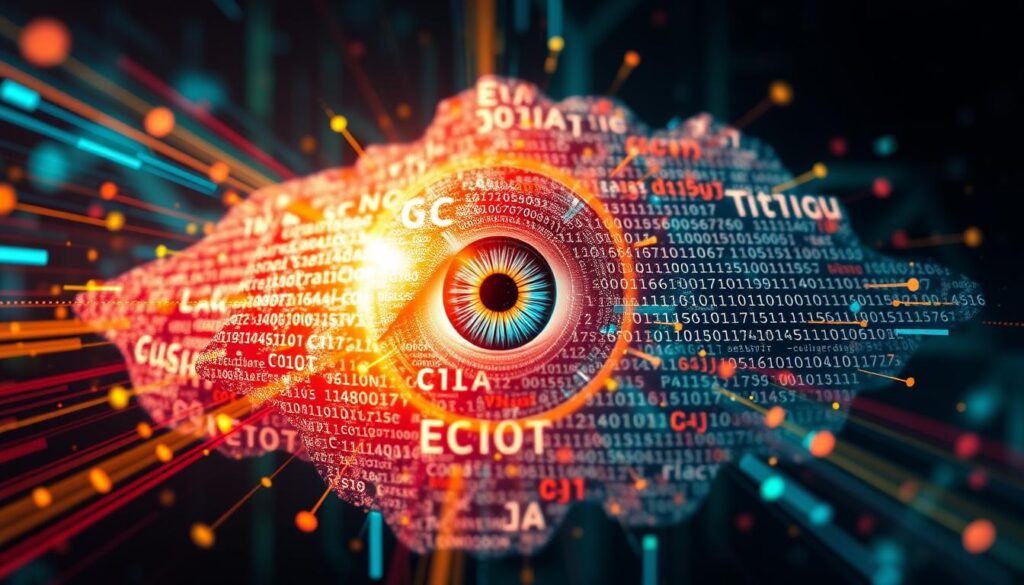
Common Signs of AI-Generated Text That Teachers Look For
Artificial intelligence (AI) is getting better, and teachers are worried. They want to make sure students don’t use AI to write their work. Teachers have learned to spot AI-generated text by looking for certain signs.
Writing Style Inconsistencies
Teachers notice when writing styles don’t match. AI texts often sound stiff and lack a personal touch. They look for signs that a student’s writing style is off, which might mean AI was used.
Contextual Understanding Issues
Teachers also check if the text really gets the topic. AI texts might seem good but not really understand the subject. Teachers know when a text seems to just scratch the surface or make odd connections.
Citation and Reference Patterns
Teachers also look at how the text cites sources. AI texts might not follow citation rules or show they don’t get how to cite properly. These signs can tell teachers that the text wasn’t written by a student.
Teachers keep getting better at spotting AI text. This helps keep academic work honest and makes sure students learn for themselves.
How Students Can Use ChatGPT Ethically
AI tools like ChatGPT are becoming more common in schools. It’s important for students to use them responsibly. They must balance using AI with keeping their work original and showing their own knowledge.
Being open about using ChatGPT is key. Students should tell teachers when they use AI for their homework. This keeps things honest and helps teachers see how students use technology.
Students should also see ChatGPT as a learning tool, not a shortcut. It can help them understand better, come up with ideas, and improve their writing. This way, they can do well in school without cheating.
- Disclose the use of ChatGPT or other AI tools in your work
- Use AI systems as a tool for learning, not as a replacement for your own intellectual effort
- Ensure your work reflects your own understanding and knowledge
- Consult with your instructors to understand their policies on the use of AI in academic assignments
By using ChatGPT responsibly, students can benefit from AI without losing their integrity. This helps not just the student but also the whole school community as technology changes education.

The Evolution of AI Detection Technology
AI-generated content, like ChatGPT, is becoming more common. This has made it vital to improve AI detection advancements. Schools and universities are working hard to keep up. They’re finding new ways to spot and stop AI-assisted homework.
Latest Developments in AI Detection
In recent years, AI detection technology has made big strides. Tools like GPTZero can tell if text was written by AI. They help teachers spot AI-generated work. Machine learning algorithms are also getting better at spotting the difference between human and AI writing.
Future Predictions for Detection Methods
Experts think the future of AI detection will bring even more progress. They’re looking into how to spot ChatGPT 4 and other advanced AI models. New methods, like biometric analysis, might help too. These could include identifying typing patterns or how someone thinks.
The fight between AI creation and detection will keep getting more intense. Schools and universities need to keep up with the latest AI detection advancements. This is to protect the integrity of education in our fast-changing world.
Best Practices for Academic Integrity in the AI Era
As AI tools like ChatGPT grow in schools, keeping academic integrity is key. Teachers and students must adjust to this new world. They need to follow best practices for honest and real learning.
Teaching students about AI’s ethical use is important. Encourage students to share when they use AI tools. Also, teach them to give proper credit for any AI work. This builds a transparent and honest learning environment.
- Make clear rules for AI use in schoolwork. Share these rules with everyone.
- Use AI detection tools in grading. This helps spot AI work and keeps submissions real.
- Help students improve their thinking and writing skills. Give them tasks that need original ideas and solutions.
- Start conversations about AI’s role in learning. Talk about using tech wisely and keeping academic integrity.
By following these steps, schools can handle AI challenges while keeping academic honesty and quality. This prepares students to lead ethically in the digital world.
| Best Practice | Description |
|---|---|
| Educate on Ethical AI Use | Encourage students to disclose AI tool usage and properly attribute any AI-generated content. |
| Establish Clear Policies | Develop and communicate guidelines for the use of AI in academic work. |
| Integrate Detection Software | Utilize AI detection tools to identify AI-generated content in student submissions. |
| Promote Critical Thinking | Assign tasks that require original analysis, interpretation, and problem-solving to discourage over-reliance on AI. |
| Foster Open Discussions | Engage students in dialogues about the ethical implications of AI in education. |
By following these best practices, schools can handle AI challenges while keeping academic honesty and quality. This prepares students to lead ethically in the AI-era education and maintaining integrity.
Conclusion
The rise of ChatGPT and other AI language models has brought both chances and hurdles to education. These advanced tools promise to make learning better and more innovative. Yet, they also raise worries about cheating and the need for good detection methods.
Teachers must be able to spot ChatGPT-generated work to keep education credible and challenging. We’ve looked at the tools and methods for detecting AI, and how AI detection is always evolving. It’s a constant fight, with teachers and AI creators trying to keep up.
The future of ChatGPT detection, academic future with AI, and balancing technology and integrity needs a broad strategy. Teachers must keep learning and adapt, using tech wisely while keeping academic honesty and critical thinking at the heart. By promoting ethical AI use and working with tech leaders, schools can make the most of AI tools for student growth and learning.
